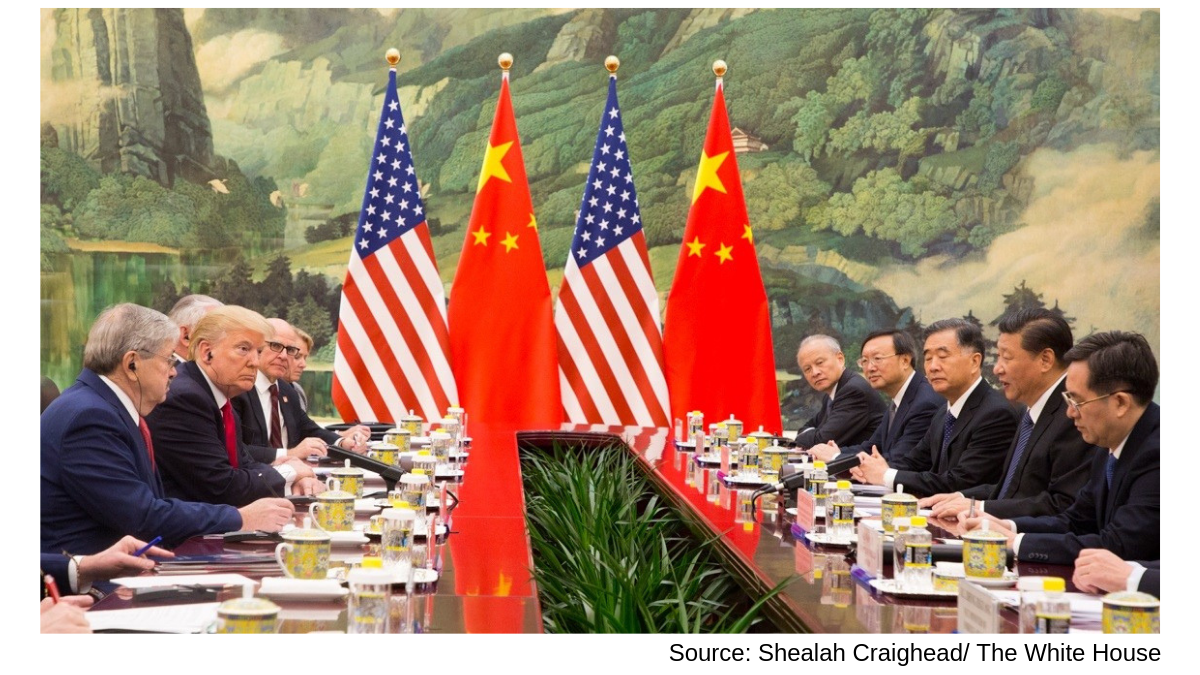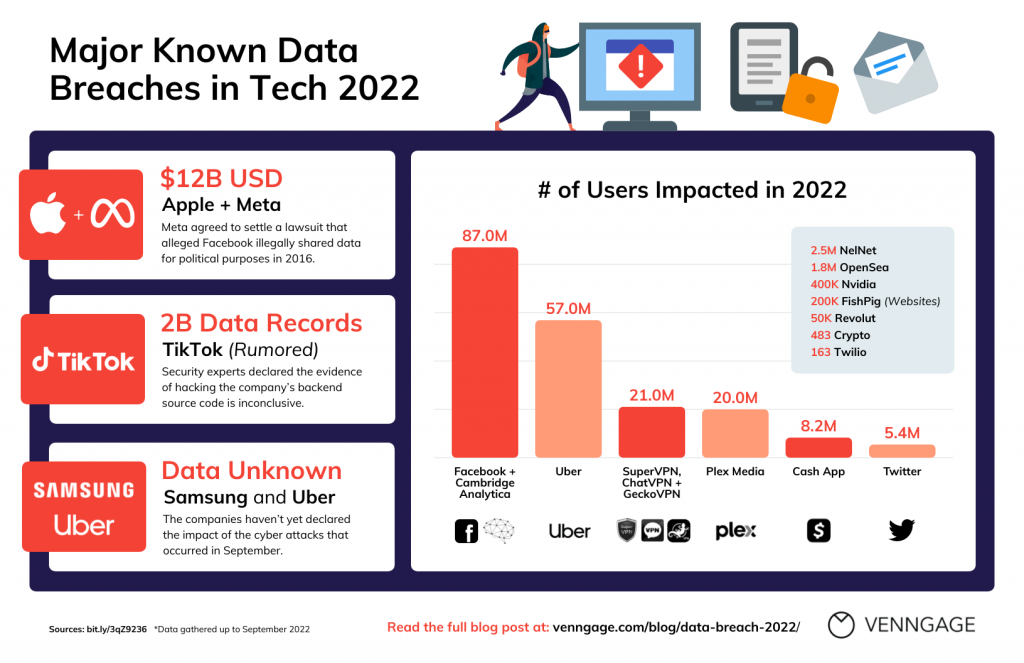U.S.-China Relations: Breakdown And The Implications Of A Potential New Cold War

Table of Contents
Historical Context of U.S.-China Relations
Understanding the current state of U.S.-China relations requires examining their historical trajectory. The evolution of U.S.-China relations has been marked by periods of both cooperation and intense conflict. The shifting dynamics in U.S.-China relations are a complex tapestry woven from threads of ideological clashes, economic interdependence, and geopolitical maneuvering.
- Nixon's Visit to China (1972): This landmark event initiated a period of rapprochement, dramatically altering the geopolitical landscape of the Cold War.
- Establishment of Diplomatic Ties (1979): Formal diplomatic relations marked a significant step towards increased engagement and cooperation.
- Economic Interdependence: The subsequent decades saw remarkable economic interdependence, with China becoming a major trading partner for the U.S. and a crucial player in the global economy.
- Growing Strategic Competition: However, this economic interdependence has not prevented a steady increase in strategic competition, particularly in recent years.
Key Areas of Conflict Driving the Breakdown
Several key areas of conflict have significantly contributed to the deterioration of U.S.-China relations. These tensions threaten to escalate into a full-blown new Cold War, with potentially devastating global consequences.
Trade Wars and Economic Competition
The U.S.-China trade tensions have been a major catalyst for the current breakdown. The trade war initiated by the Trump administration, characterized by the imposition of tariffs on billions of dollars worth of goods, has significantly impacted the economic relationship between the two nations.
- Tariffs: Reciprocal tariffs have disrupted global supply chains and increased costs for consumers worldwide.
- Intellectual Property Theft Accusations: Accusations of intellectual property theft and forced technology transfer have fueled further animosity.
- Technological Competition (5G, Semiconductors): Fierce competition in crucial technological sectors, such as 5G and semiconductors, has intensified the economic rivalry between U.S. and China, leading to restrictions and counter-restrictions. This economic rivalry is a key driver of the current tensions.
Geopolitical Rivalry and Military Buildup
Geopolitical competition between the U.S. and China is escalating rapidly. China's increasing military power and assertive actions in the South China Sea are key sources of friction.
- China's Military Modernization: China's rapid military modernization, including its naval expansion and development of advanced weaponry, is perceived as a threat by the United States and its allies.
- Disputes over Taiwan: The unresolved status of Taiwan remains a significant point of contention, with the potential for military conflict.
- Increasing Military Presence in the Indo-Pacific Region: China's growing military presence in the Indo-Pacific region, coupled with its assertive claims in the South China Sea, is causing increased geopolitical instability. This military expansion significantly contributes to the tensions within U.S.-China relations.
Ideological Differences and Human Rights Concerns
Fundamental ideological differences and human rights concerns further exacerbate the strained U.S.-China relationship.
- Human Rights Violations in Xinjiang and Hong Kong: Concerns over human rights abuses in Xinjiang (allegations of genocide against the Uyghur population) and the crackdown on pro-democracy movements in Hong Kong have fueled criticism of China's human rights record.
- Differing Views on Democracy and Authoritarianism: The fundamental differences in political systems – the U.S.'s democratic system versus China's authoritarian model – create a significant ideological clash and hinder cooperation. This ideological clash fundamentally shapes the U.S.-China relations.
Implications of a New Cold War
The potential for a new Cold War between the U.S. and China carries severe and far-reaching implications for the global community.
Economic Consequences
A full-blown confrontation would have devastating economic consequences.
- Decoupling of Economies: The potential for a decoupling of the U.S. and Chinese economies would significantly disrupt global trade and supply chains.
- Increased Costs for Consumers: Higher prices for goods and services would impact consumers worldwide.
- Potential for Global Recession: The economic fallout could trigger a global recession, impacting even those nations not directly involved in the conflict. This global economic impact of U.S.-China conflict needs to be carefully considered.
Geopolitical Instability
The geopolitical risks of U.S.-China conflict are immense.
- Heightened Tensions in the South China Sea: Increased military activity and potential clashes in the South China Sea could spark wider conflicts.
- Increased Military Spending: A new arms race would divert resources from crucial social programs and exacerbate global inequality.
- Potential for Proxy Wars: The two nations could support opposing sides in regional conflicts, escalating tensions and increasing the likelihood of direct confrontation. This regional instability due to U.S.-China tensions could have long-lasting effects.
Technological Competition and Innovation
The technological competition between the U.S. and China could significantly impact global innovation.
- Potential for a Technological Arms Race: A new Cold War could lead to a costly and potentially destabilizing technological arms race.
- Restrictions on Technology Transfer: Increased restrictions on technology transfer would stifle innovation and economic growth globally.
- Impact on AI and Other Emerging Technologies: The competition could shape the development and deployment of crucial technologies like artificial intelligence, potentially creating new inequalities and vulnerabilities. This technological competition between U.S. and China is reshaping the global landscape.
Conclusion
The deteriorating relationship between the U.S. and China presents significant challenges with far-reaching global implications. Understanding the historical context and the key areas of conflict driving this breakdown is crucial for navigating the potential for a new Cold War. The economic and geopolitical consequences could be severe, impacting global stability and technological advancement. It is imperative to find ways to de-escalate tensions and foster cooperation on shared challenges, such as climate change and global health security. Continued monitoring of U.S.-China relations and proactive diplomatic efforts are essential to mitigate the risks and ensure a more peaceful and prosperous future. Addressing the complexities of U.S.-China relations requires a multifaceted approach that prioritizes dialogue, cooperation, and a commitment to peaceful resolution.

Featured Posts
-
 The End Of An Era Pope Francis Death And His Enduring Legacy
Apr 22, 2025
The End Of An Era Pope Francis Death And His Enduring Legacy
Apr 22, 2025 -
 The Impact Of Over The Counter Birth Control On Reproductive Rights
Apr 22, 2025
The Impact Of Over The Counter Birth Control On Reproductive Rights
Apr 22, 2025 -
 T Mobiles 16 Million Data Breach Fine Three Years Of Security Failures
Apr 22, 2025
T Mobiles 16 Million Data Breach Fine Three Years Of Security Failures
Apr 22, 2025 -
 Strengthening Nordic Security The Role Of Swedish Tanks And Finnish Troops
Apr 22, 2025
Strengthening Nordic Security The Role Of Swedish Tanks And Finnish Troops
Apr 22, 2025 -
 Googles Search Monopoly Doj Files New Court Challenge
Apr 22, 2025
Googles Search Monopoly Doj Files New Court Challenge
Apr 22, 2025
